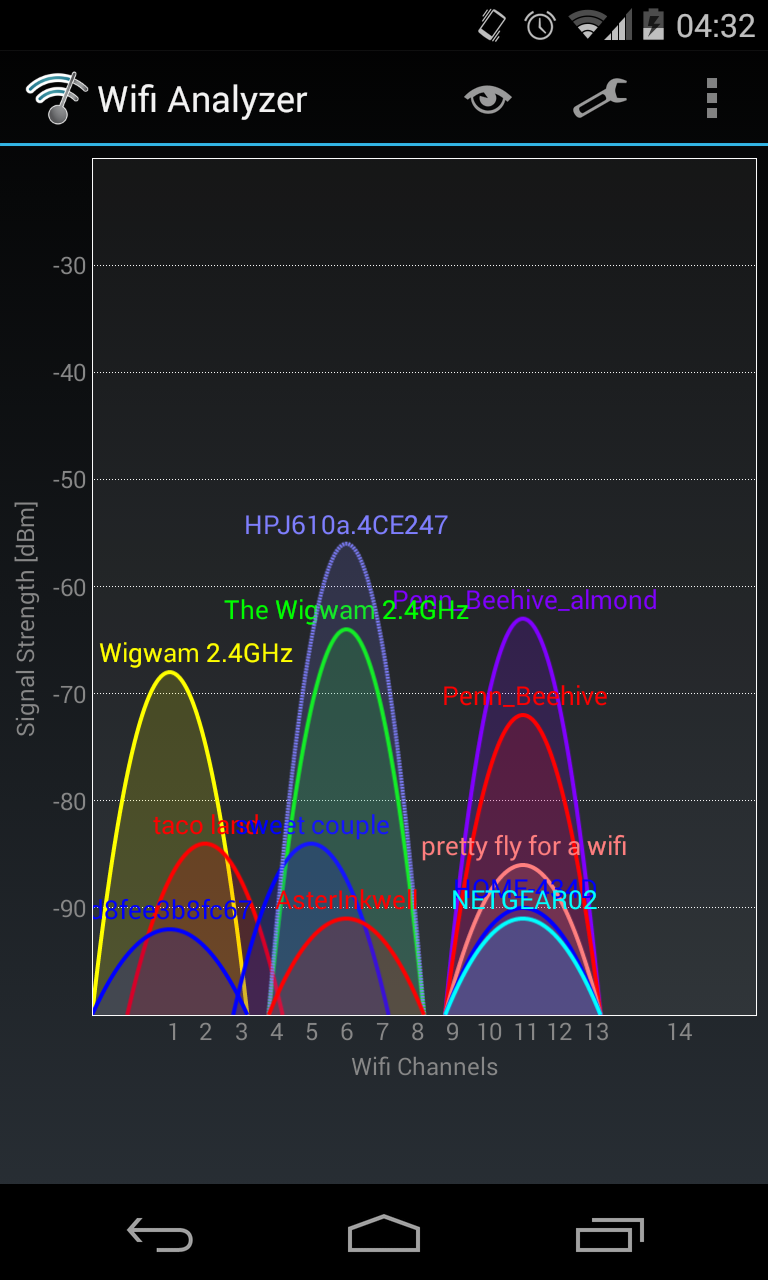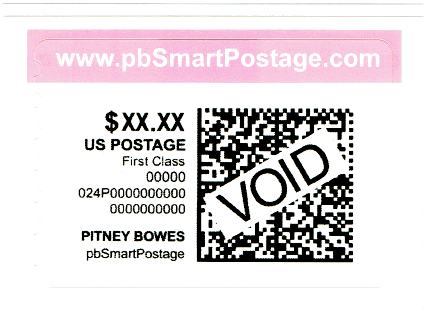
To whichever engineers at Hewlett-Packard decided that it would make sense to pollute our frequencies with unneeded ad-hoc printer wifi networks enabled by default… You messed up.
Now every university dorm has to cope with unimportant personal printers putting out stronger signals than the nearest real access point. And houses in residential neighbourhoods receive neighbours’ printer signals more strongly than the high-power N/AC router.
I get that owners can connect them to routers instead of being separate APs. But guess who’s not turning off this “feature”? All of your least tech savvy customers.
(Side note: Comcast’s wider deployment of cable modem-router devices in homes and businesses with secondary xfinitywifi hotspots produces the same issue when customers are plugging in their own wireless routers right next to the Comcast device. I love using xfinitywifi, but there are real issues unless Comcast has configured these hotspots to scan for surrounding networks before deciding whether to broadcast a signal. And again, while there may be an opt out option, it’s the least tech savvy users who don’t turn it off, who generate potential interference for their neighbours. Negative externalities!)
It bothers me that the current default is a situation where tech-dumb people piss off tech-smart ones.


